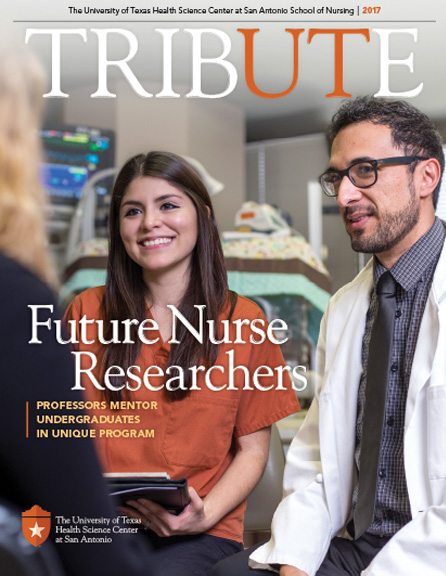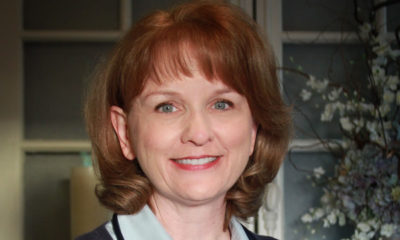Ground-Breaking Nursing Research

Frontline Nurses Conduct Research on High Reliability Organizations
By Catherine Duncan
The first nursing research performed by frontline nurses on the effectiveness of High Reliability Organizations (HROs) has been published online in Research in Nursing and Health and will appear in the June printed version. Emerging literature—primarily from the U.S. Department of Veterans Affairs—shows that health care systems that apply the HROs framework can improve the safety and efficiency of patient care because all workers are involved in detecting and reporting operational problems before they result in safety risks. The innovative study is co-authored by Kathleen R. Stevens, Ed.D., RN, FAAN, professor of nursing, and the research was performed in multiple sites associated with her Improvement Science Research Network, a national research network focusing on improvement science. The 28 co-authors on the study are the principal investigative clinicians who implemented the study at their hospitals across the country.
The study is named the STAR-2 Study because it builds on the pilot study—Small Troubles, Adaptive Responses (STAR), which was part of the Interdisciplinary Nursing Quality Research Initiative funded by the Robert Wood Johnson Foundation. “During the STAR study, Robert Ferrer (M.D., M.P.H., John M. Smith, Jr. professor and vice chair of research of family and community medicine in the School of Medicine) and I learned that even though improvements were needed in health care quality, efficiency and patient safety, hospitals struggle to make these improvements,” she said. “With STAR-2, we proposed the need to understand systems operations in hospitals as they affected frontline nurses.”
Dr. Stevens said they decided to have frontline nurses gather information on operational failures, which are breakdowns in the system processes that hinder care, erode quality and threaten patient safety. “Previously, nurses were passive participants in the identification of system failures that affect their ability to deliver safe and effective care,” she said. “Detection by nurses of such failures provides real-time information about system operations to improve organization reliability.”
Data was collected from 774 nurses working in 67 adult and pediatric medical-surgical units in 23 hospitals around the country. Nurses systematically recorded data about operational failures encountered during 10 work shifts over a 20-day period. The nurses reported operational failures they saw related to problems in equipment/supplies, physical unit/layout, information/communication, staffing/training, medication, and an other category for failures that don’t fit in the other five categories, Dr. Stevens said. The nurses used a Star Pocket Card that was specially designed to fit in their pockets. The card contains structured checklists so nurses can easily record the type and frequency of the operational failures. “Using the STAR Pocket Cards, the nurses recorded information about the operational failures involving nursing practice they saw during their 12-hour work shifts,” she said. In total, 27,298 operational failures over 4,497 shifts reflected a rate of 6.07 operational failures per 12-hour shift. The highest rate was reported in the equipment/supplies category (1.59 per shift) followed by information/communication (1.08), medication (1.06), other (.92), staff/training (.90), and physical/layout (.50). “This study truly was the first to have frontline nurses providing real-time detection of operational failures that detract from clinical care,” Dr. Stevens said. “This research expanded on our previous knowledge showing the prevalence and array of operational failures across the country that thwarts the efficiency and safety of patient care.”
When nurses experience an operational failure, they do a workaround which means they depart from established practice and figure out a solution to bypass the problem, she explained. “A workaround increases the opportunity for safety issues to arise. Nurses are smart and adaptive. It is okay to keep the system going, but you must send these operational failures to management so they can get fixed. Management must be willing to fix them.”
At each hospital, the principal investigator shared the results of the study. “The teams were able to work together to figure out solutions to the operational failures. The solutions were tailored to each unit.
“By encouraging participation from all members of the system, there was a shift in thinking. These organizations started becoming High Reliability Organizations with organizational mindfulness,” Dr. Stevens said. “The success of the research is based on acknowledging the true ownership of the system is held by nurses. By giving nurses the tools to strengthen the system, they can reduce operational failures while improving patient care and safety.”





